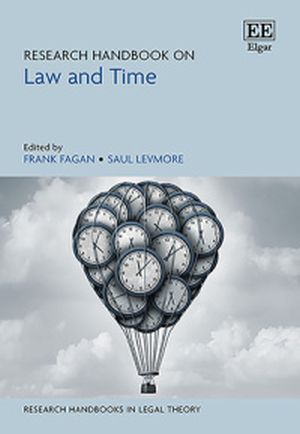
This Research Handbook explores the interactions between law and time, demonstrating how both are pivotal in the organization of human activities, including legal proceedings and societal functions.
The book expands upon the structural relationship between law and time, examining how societies and legal systems coordinate around timing conventions and how the use of time constraints can alter litigation and deter socially destructive behavior. Expert contributors evaluate transition and timing rules, analyzing the ‘dilemma of waiting’, delayed implementation, the use of temporary laws in emergency situations, and third-party losses arising from delays. They also investigate practical issues such as mandatory retirement, how statutes of limitations work, and the impact of legal developments over time.
Illustrating the importance of time in legal processes and decision-making, the Research Handbook on Law and Time is an essential resource for students and scholars of constitutional and administrative law, legal philosophy and legal theory. It is also beneficial to policymakers, judges and practitioners in economics and political science.